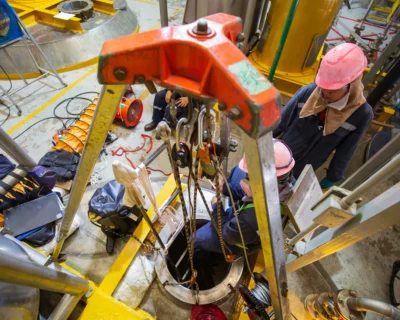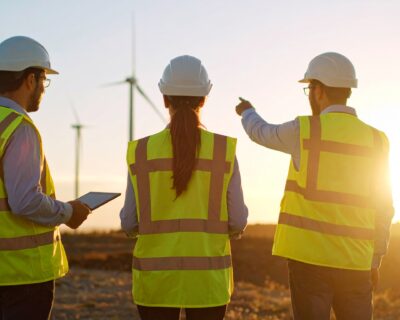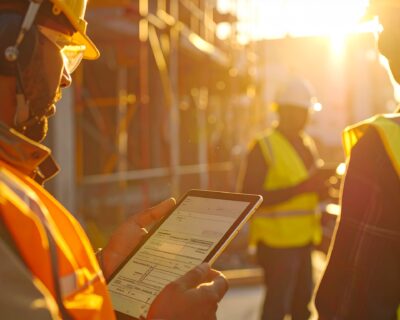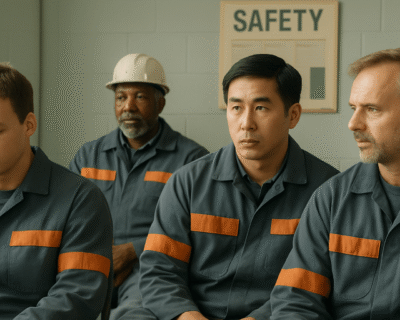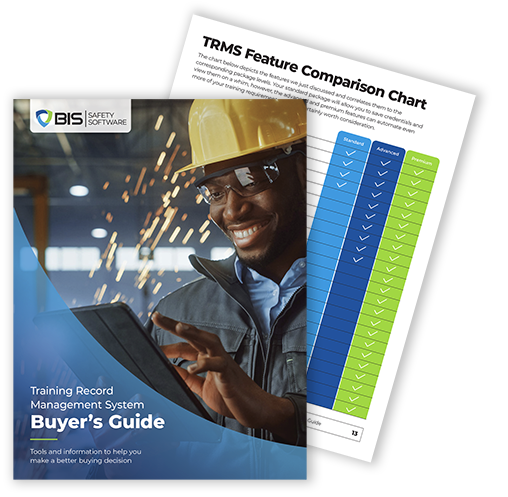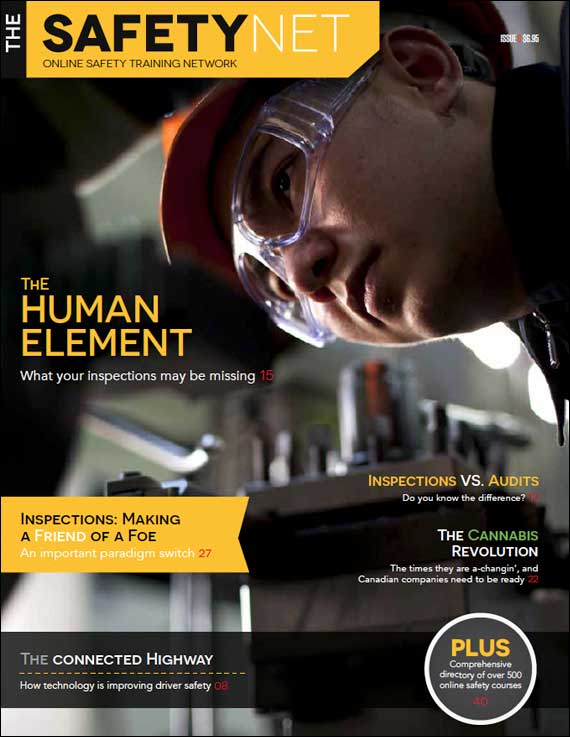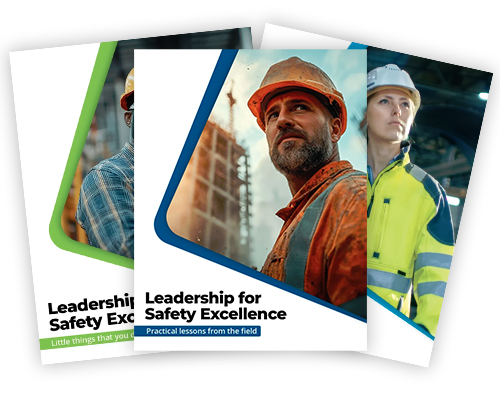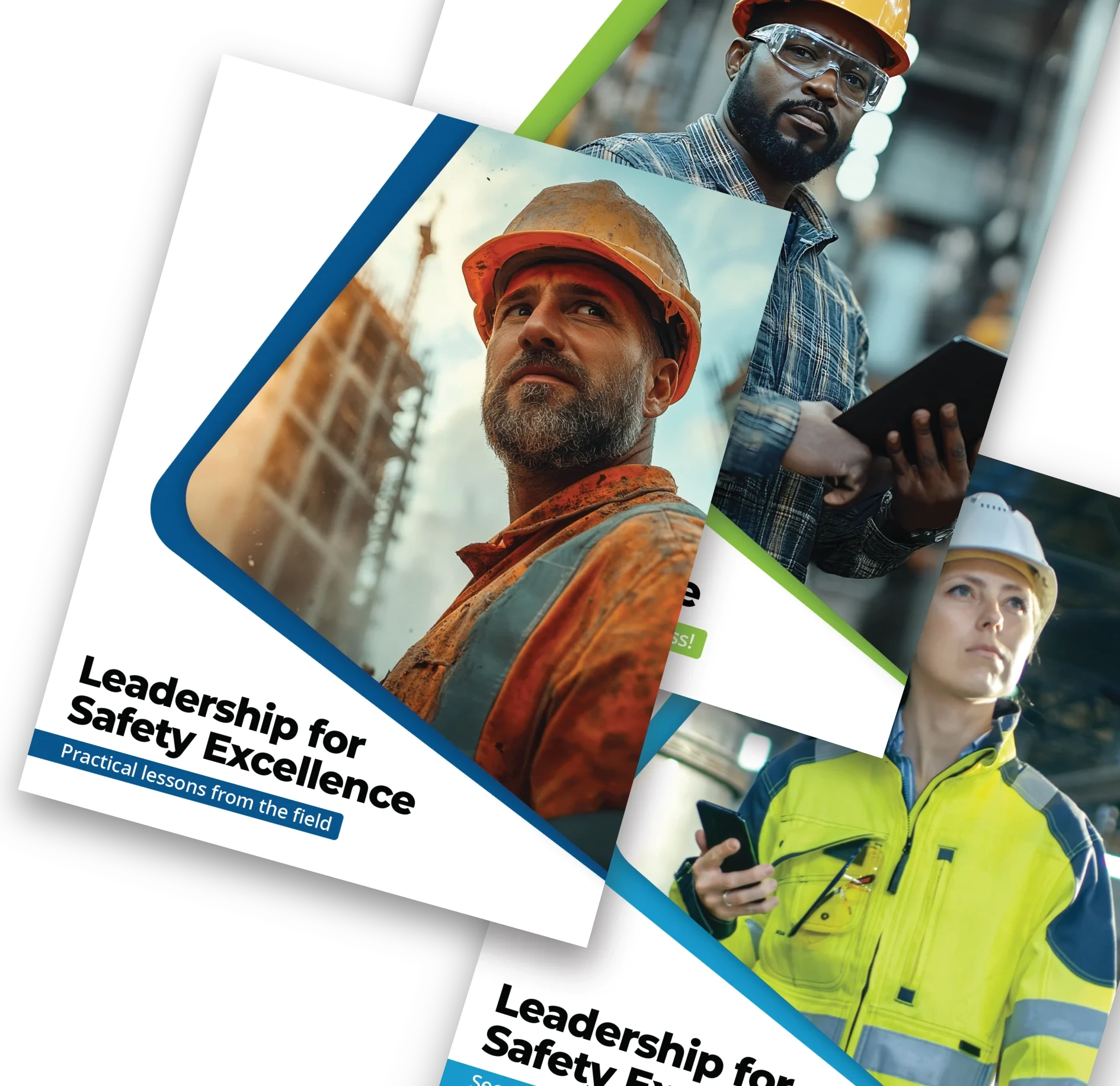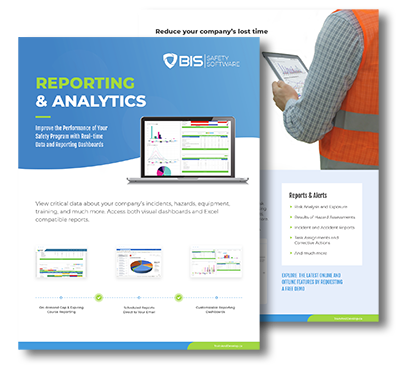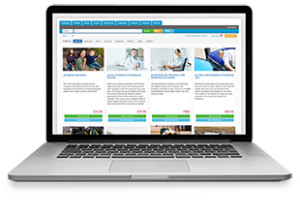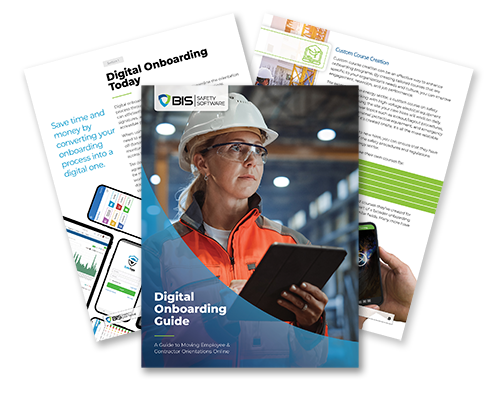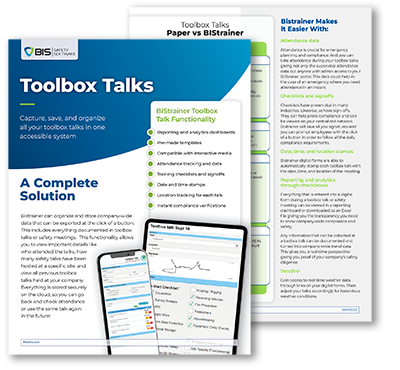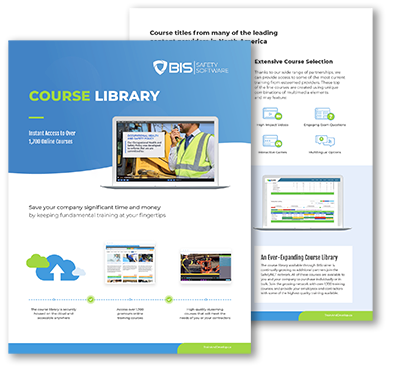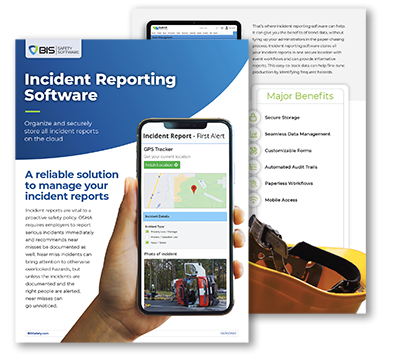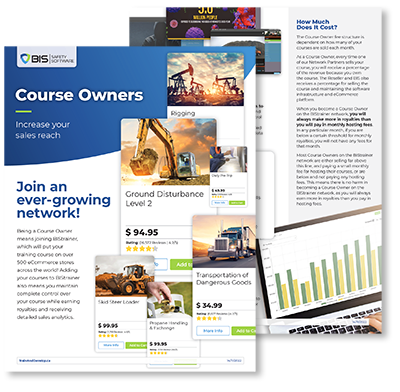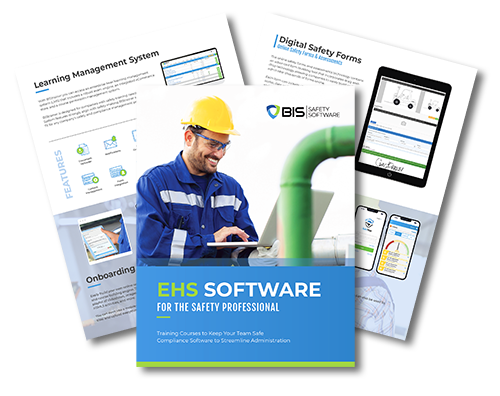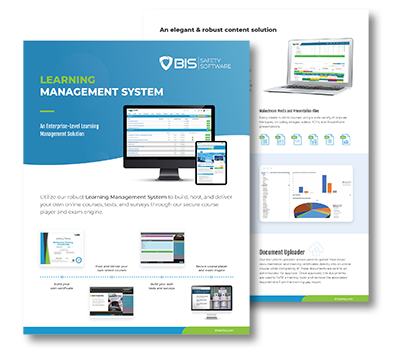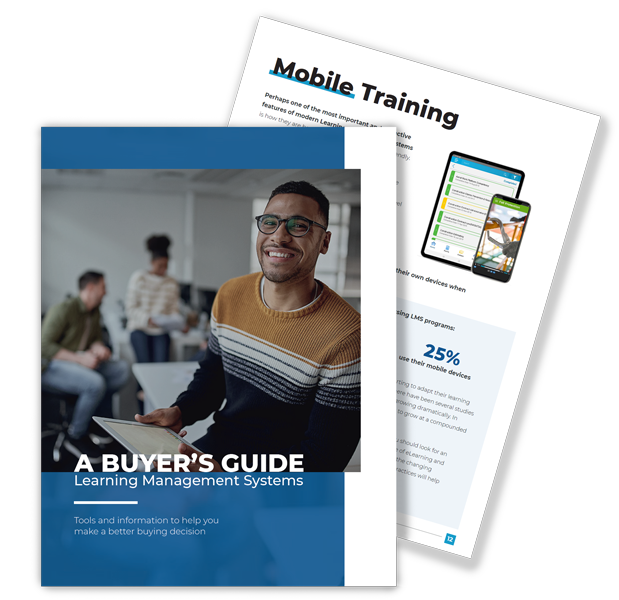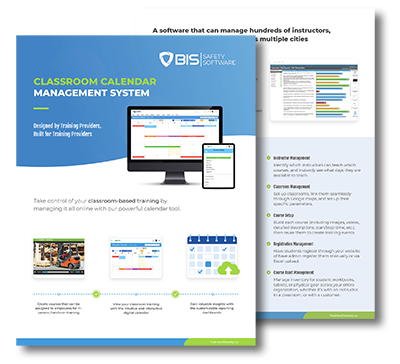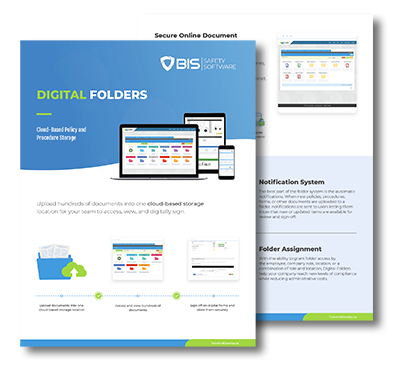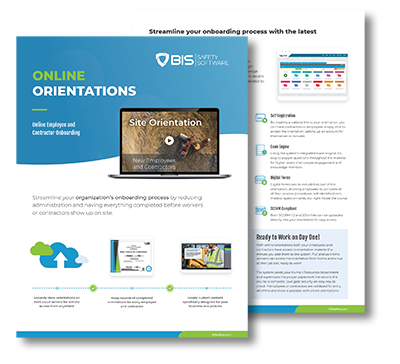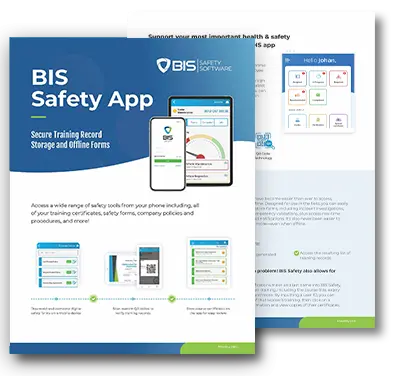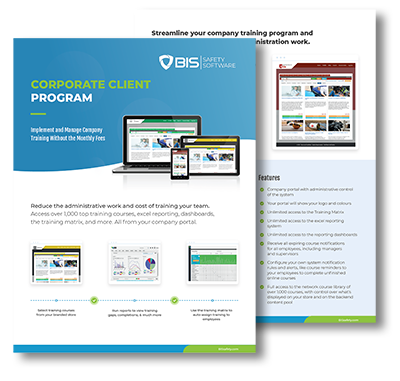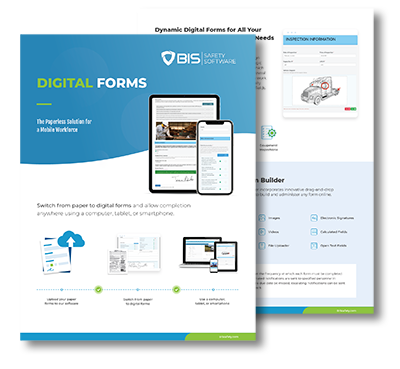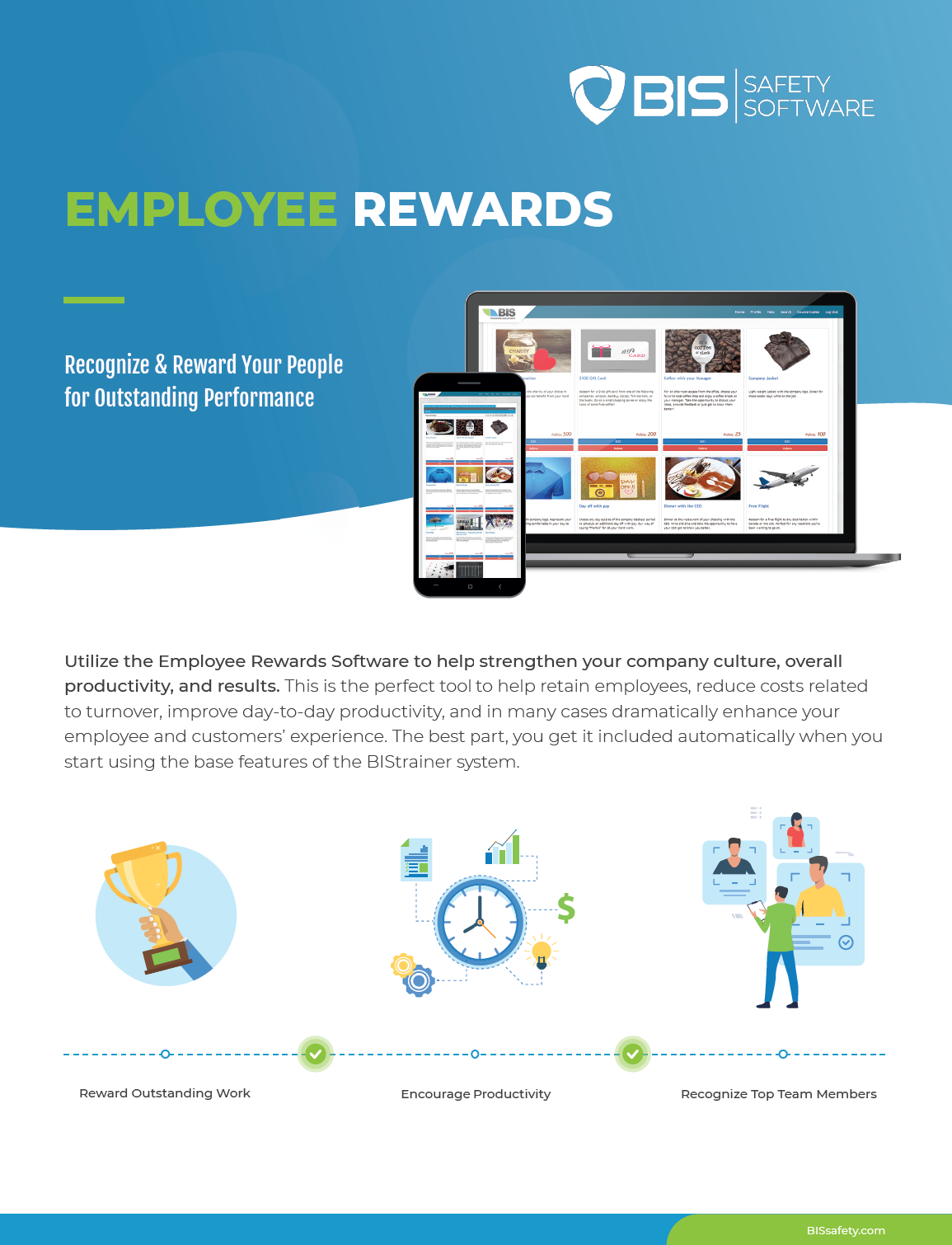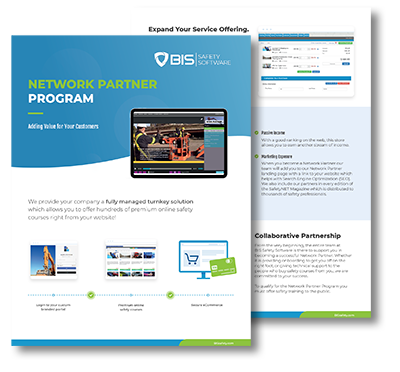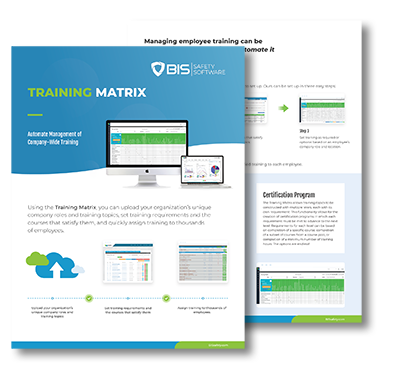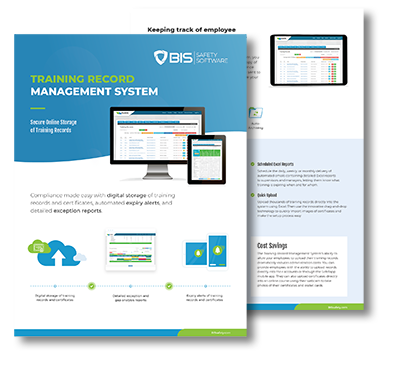
Yellowstone Dreams and High-Stakes Safety: Sarah Anderson’s Unexpected Journey
“I thought I’d be leading trail rides and teaching campers about constellations,” Sarah Anderson says, remembering the career she once imagined. Her dream? Becoming a park ranger, ideally on horseback in Yellowstone.
But a disaster halfway around the world changed her path for good.
After a devastating industrial accident in India—the kind that makes international headlines and leaves decades of fallout—Anderson made a decision. Instead of protesting from the sidelines, she’d get into the system and fight for change from the inside. She left her scholarship at the University of Illinois and transferred to Purdue to study industrial hygiene—a field she hadn’t even heard of until then.
“I knew it was where I needed to be,” she says.
That one decision launched a career that would take her from smelters to refineries. Now with Bristol Myers Squibb Pharmaceuticals, Anderson is one of the most trusted voices in the fight to make industry safer.
Into the Fire: Learning Safety in a Hard Environment
Anderson’s first real-world experience in safety was at an aluminum smelter—and it was trial by fire.
“I was young, new to the field, and thrown into a union shop that didn’t exactly welcome me with open arms,” she says. “They didn’t care that I was an intern. No one was going easy on me.”
At first, workers didn’t see her as a partner. “They lumped me in with corporate—another outsider who didn’t get it,” she explains.
But instead of backing off, Anderson dug in. She stopped trying to be the expert in the room and started listening.
“You have to earn trust before you try to change anything,” she says. That meant showing up—on-site, not just in meetings. Wearing the same PPE. Standing where they stood. “People don’t want speeches. They want to know you understand their world.”
That lesson stuck. If you want people to follow safety protocols, you have to start by respecting their reality.
The Explosion That Changed Everything
Anderson’s commitment to safety deepened in the aftermath of one of the most infamous refinery explosions in U.S. history: the BP Texas City disaster.
She and her husband were driving back to work when they saw it. A black mushroom cloud rising over the skyline. “I turned to him and said, ‘That’s Texas City. People died,’” she recalls.
She was right.
The explosion killed 15 workers and injured over 180. Anderson felt the shockwave from miles away.
In the months that followed, she worked on investigations, audits, and root cause reports. It was brutal work, but necessary. “It changed everything,” she says. “New standards were written. Oversight got tighter. But the price was enormous.”
She learned to watch for the subtle signs of danger—not just obvious hazards, but the decisions behind the scenes that create risk. “When companies cut audits, ignore maintenance, or brush off engineering red flags—that’s where the real danger lives.”
And nothing fuels disaster like overconfidence. “The riskiest companies are the ones that believe they’re untouchable,” she warns.
Trust, Accountability, and That 14-Foot Gap
Anderson still remembers the rooftop. A worker was balancing between steel and sky, completely unsecured across a 14-foot gap.
“I didn’t want to scare him, so I gestured for him to step back. Then I met him down on the ground.”
They sat in the break room, away from the noise. She kept it simple: “You’re almost at retirement. Don’t risk going home in a box.”
He hadn’t thought of it that way. He was just trying to work fast. That moment became one of Anderson’s foundational beliefs: if a company allows unsafe behavior, it owns the consequences.
Managers later admitted they knew the worker operated like that. No one had ever intervened.
“If leadership sees a risk and chooses not to act, that’s endorsement,” she says. “Accountability isn’t punishment—it’s prevention.”
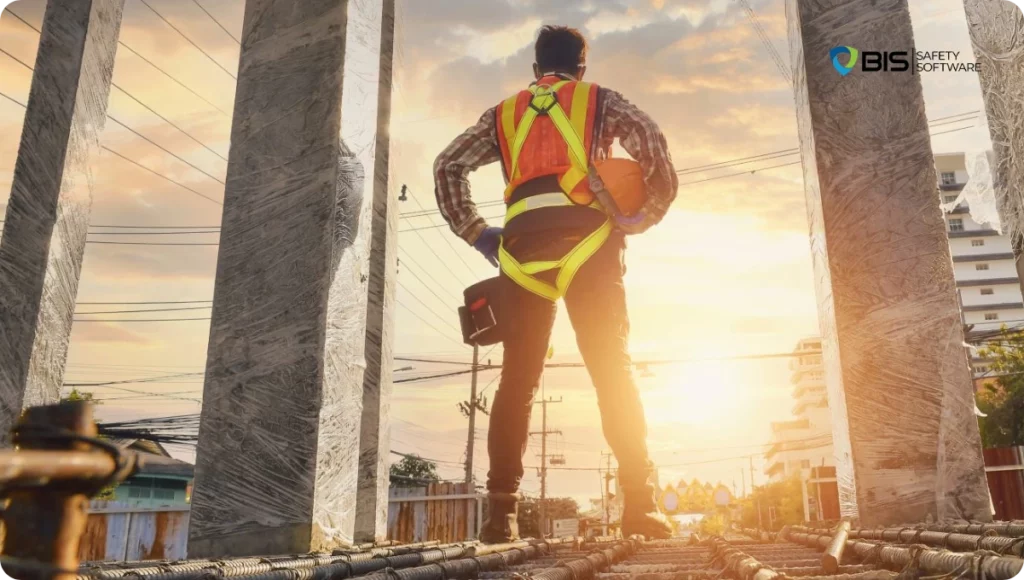
The Role of AI in Safety’s Next Chapter
Anderson is excited about the future of AI in workplace safety—but clear-eyed about its limits.
“Gas monitors already alert us to toxic air,” she says. “Now imagine AI doing the same thing for weather conditions, unstable ground, even ice or heat stress.”
She sees potential for AI to act like a digital safety partner—predicting hazards in real time. “If lifeguards can use drones to spot sharks, why can’t we use tech to protect crews?”
Still, she’s cautious. “We need to make sure AI doesn’t turn into surveillance. It has to support workers, not police them.”
More importantly, she wants AI to reward smart choices. “We always track violations. Why aren’t we logging good decisions, too?”
She also sees big potential in adaptive training. “Not everyone learns the same way. If AI can tailor learning to individuals, we cut waste and boost retention.”
The Real Issue: How Safety Is Perceived
According to Anderson, the toughest challenge in safety today isn’t tech. It’s mindset.
“Everyone has a different tolerance for risk,” she says. “Some folks follow every rule. Others think, ‘Nothing’s happened yet, so I’m fine.’ That’s where we lose people.”
Leadership sets the tone. If they downplay risk, so will everyone else.
“They decide what gets fixed. Where money goes. What gets taken seriously,” she says. “If safety isn’t a priority at the top, it won’t be a priority anywhere.”
Anderson doesn’t rely on authority—she leans on influence.
“I don’t go to leadership with a problem. I show them three ways to solve it—low-cost, moderate, and premium. That way, they’re deciding how to act, not whether to act.”
What Actually Changes a Workplace?
Policies don’t create culture—people do. That’s Anderson’s bottom line.
“We’re here to influence,” she says. “We don’t own the business. But we own the message. We own how we talk about risk. And that’s what gets people to care.”
Her work is still about protection. But not in the way she once imagined—on horseback, under open skies.
It’s about protecting people in hard hats and coveralls. On scaffolds and in control rooms. One honest conversation, one smart solution, and one earned moment of trust at a time.


